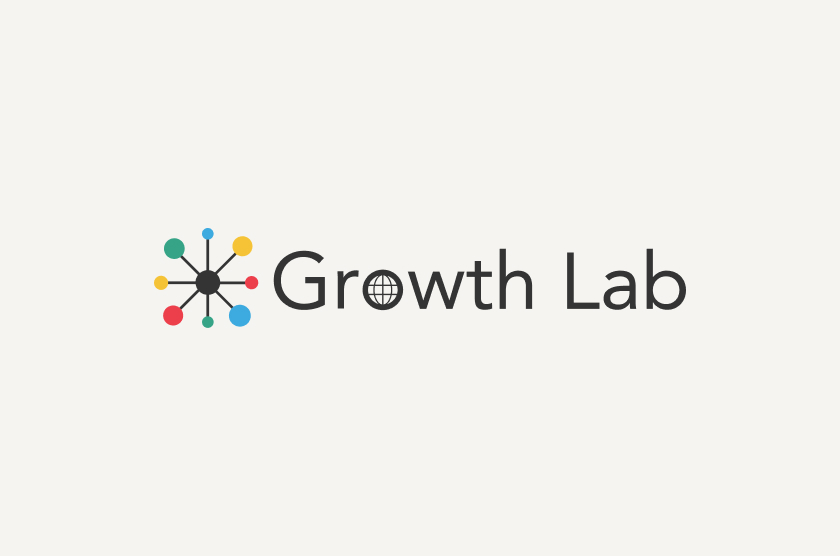Repository
Search
Policy Area
Format
Country/Region
Year
Research Project
Research Type
Author
-
Working Papers
Global Imbalances in International Trade, Dynamics of Debt and Finance: Causes and Mitigation Measures
Global imbalances have been building up in the world economy for decades and have reached critical levels, giving rise to tariff confrontations, trade wars, and geopolitical tensions. This paper presents […]
Global imbalances have been building up in the world economy for decades and have reached critical levels, giving rise to tariff confrontations, trade wars, and geopolitical tensions. This paper presents our systemic analysis of three global imbalances: international trade, debt dynamics, and finance. Based on our new systemic concept of global imbalances and analysis of a large body of historical and latest financial and economic data in various countries and the world economy, we have concluded that these three global imbalances are closely interconnected and mutually influence each other through different channels and nonlinear feedback mechanisms that we describe. These three global imbalances are interrelated symptoms of deep structural problems in the global economy that require corrective measures both at the level of individual countries, especially the US and China, and at the global coordinated efforts by key countries within the G7 and G20. We highlight the key structural problems in the global economy, suggest a modern interpretation of the Triffin dilemma through the prism of equilibrium levels of exchange rates, and suggest possible measures to mitigate the global imbalances.
-
Working Papers
Raising the Bar: A Poverty Line for Global Inclusion
The first of the Sustainable Development Goals adopted by the United Nations in 2015 is “End poverty in all its forms everywhere,” which implies moving beyond “extreme poverty” to an […]
The first of the Sustainable Development Goals adopted by the United Nations in 2015 is “End poverty in all its forms everywhere,” which implies moving beyond “extreme poverty” to an array of poverty lines. This raises the obvious question: to complement the dollar-a-day (now P$2.15) global lower-bound poverty line, what is the global upper-bound poverty line (GUBPL)? We propose, empirically estimate, and defend a GUBPL based on two criteria. First, the global poverty line is an absolute level of material wellbeing and treats the world’s people and households equally, not relative to birthplace, residence or citizenship. Second, the distinctive property that separates the standard poverty measures (Foster, Greer, Thorbecke 1984) is that gains in household income/consumption above the poverty line count for exactly zero in reducing poverty. Our second criteria is that a GUBPL should be set at a high enough level of income/consumption that zero gains, while not literally true, is a “close enough” approximation. Our two empirical approaches, based on completely different material wellbeing indicators, both suggest a GUBPL in the range of P$19 to P$40 per person per day. This range for a GUBPL is consistent with a variety of considerations, like national poverty lines and achievement of basics and is consistent with the new World Bank “prosperity gap” standard. A GUBPL of P$21.5 has a nice “focal point” appeal as it is exactly ten times the current global lower bound of P$2.15. A poverty line of P$21.5 makes “development as poverty reduction” an inclusive and ambitious global vision, compatible with existing and future development goals.



